My Son Sanctuary
Evocative ruins of Champa kingdom Hindu temples, elaborately carved, with brick towers.
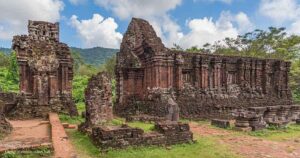
Evocative ruins of Champa kingdom Hindu temples, elaborately carved, with brick towers.
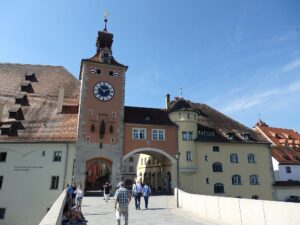
A beautifully-preserved and very picturesque medieval trading city.
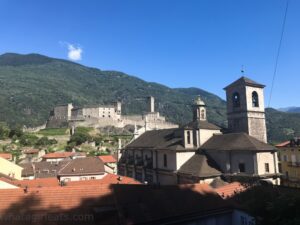
Medieval-era fortifications that once guarded a key strategic pass in the southern Alps.
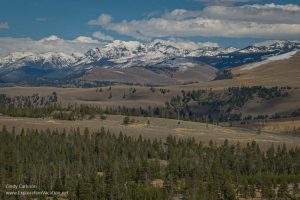
A vast nature preserve hosting many species that once roamed North America, as well as a large number of active geothermal sites.
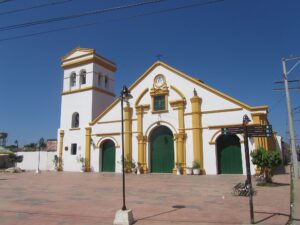
A Spanish colonial river port with a collection of authentic and well-preserved colonial-era churches and other buildings.
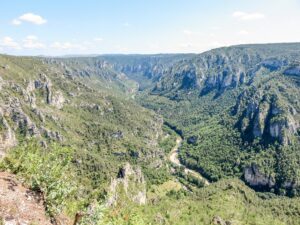
A rural landscape shaped by centuries of farming, where old agricultural techniques are still in use.
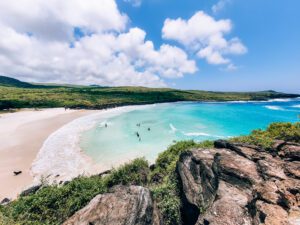
An archipelago that inspired Darwin’s theory of evolution and teems with wildlife found nowhere else.
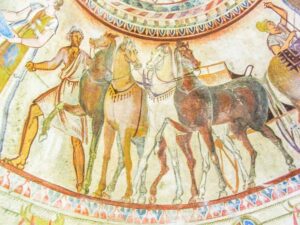
A 4th-century tomb containing frescoes that are masterpieces of Hellenistic Thracia.
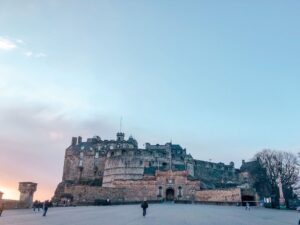
A medieval Old Town and a neoclassical New Town that harmonize beautifully and that influenced European urban planning.
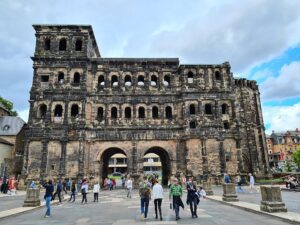
A collection of Roman ruins showing the importance of the “Rome of the North” in Germany.
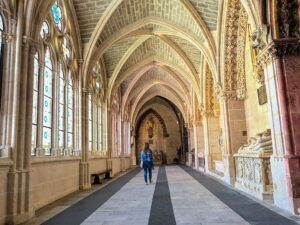
A magnificent example of Gothic architecture.
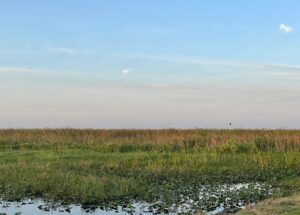
A vast wilderness of water and grass, habitat for many species, including endangered.
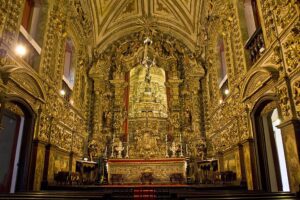
City of Black Gold and treasury of baroque and Portuguese colonial architecture.
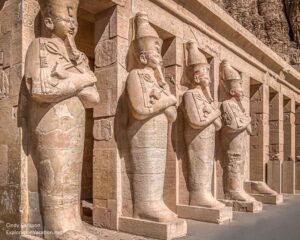
Extensive temples and tombs that illuminate the history of ancient Egyptian civilization in architecture, art and text.
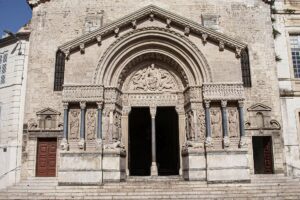
A grand Roman city and its later Romanesque additions, well-preserved in Arles city center.
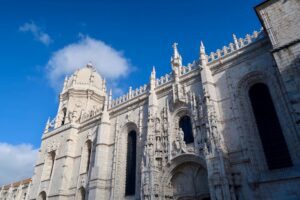
Two striking buildings from Portugal’s “Golden Age” of global exploration and seafaring.

For radio buffs, a surviving operational example of pre-electronic radio technology.
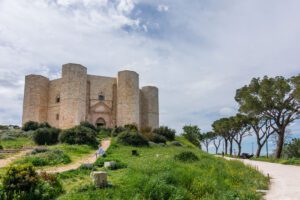
An unusual castle expressing Frederick II’s search for perfection, leading him to design the castle around the number 8.
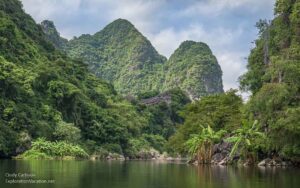
A stunning rural landscape of steep karst mountains, river valleys, rice fields and villages.
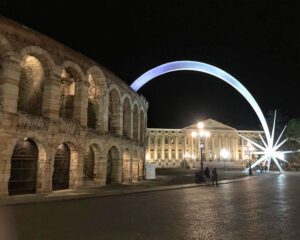
A city exemplifying 2000 years of uninterrupted artistic and architectural development.
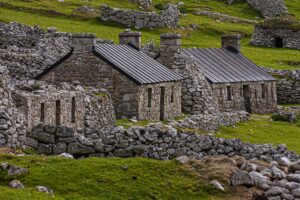
An isolated island of dramatic landscapes: a nature sanctuary, with ample evidence of human fortitude in such a remote spot.
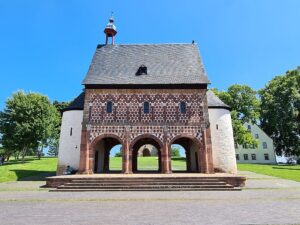
A rare example of architecture from the Carolingian period.
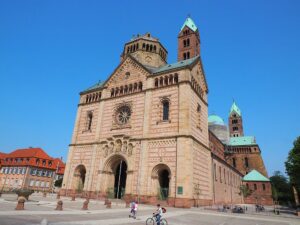
A landmark of Romanesque architecture dating to the 11th century.

A nature reserve containing two picturesque volcanic spires along with the remains of the volcano that formed them.
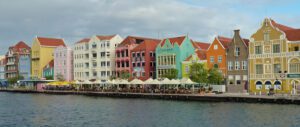
A colorful, dynamic and diverse Caribbean island capital with four distinct historical districts.
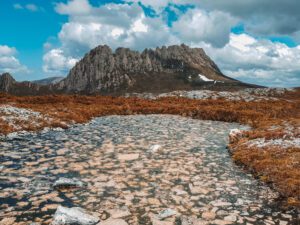
A diverse group of nature reserves that are important for biological diversity and that serve as refuge to many species endemic to Australia.
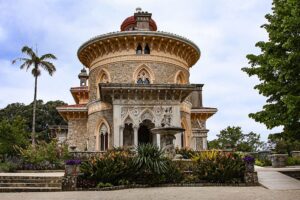
A fine collection of fanciful Romantic-style palaces and castles.
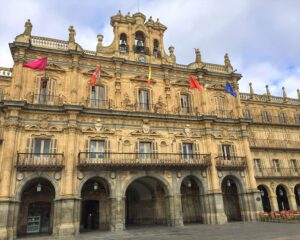
An ancient city with stunning architecture in Gothic, Renaissance and Baroque styles.

An ancient forest where Yoruba gods reside and ancient religious practices continue.

A huge nature reserve, home to many threatened species and important fossil remains.
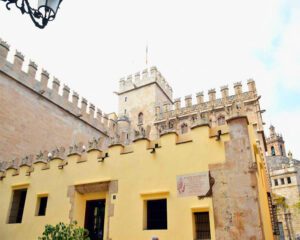
A masterpiece of late-Gothic architecture, used as a trading hall in the silk trade.
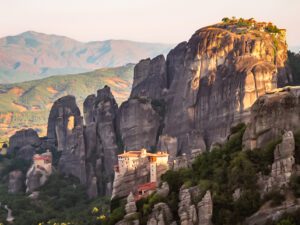
Perched on high rocks, these monasteries served as places of retreat and prayer for monastic communities.
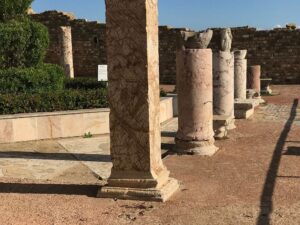
Ruins of the heart of a great trading empire and cultural hub.
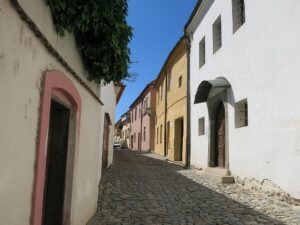
A historical Jewish neighborhood and a Catholic Basilica illustrate how Jews and Christians co-existed peacefully.
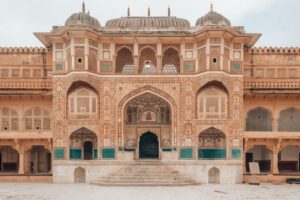
A planned 18th-century walled city, famous for its pink architecture.
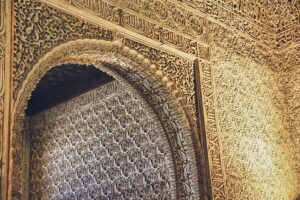
A remarkably well-preserved complex of medieval Muslim architecture mixing Moorish and Spanish elements.